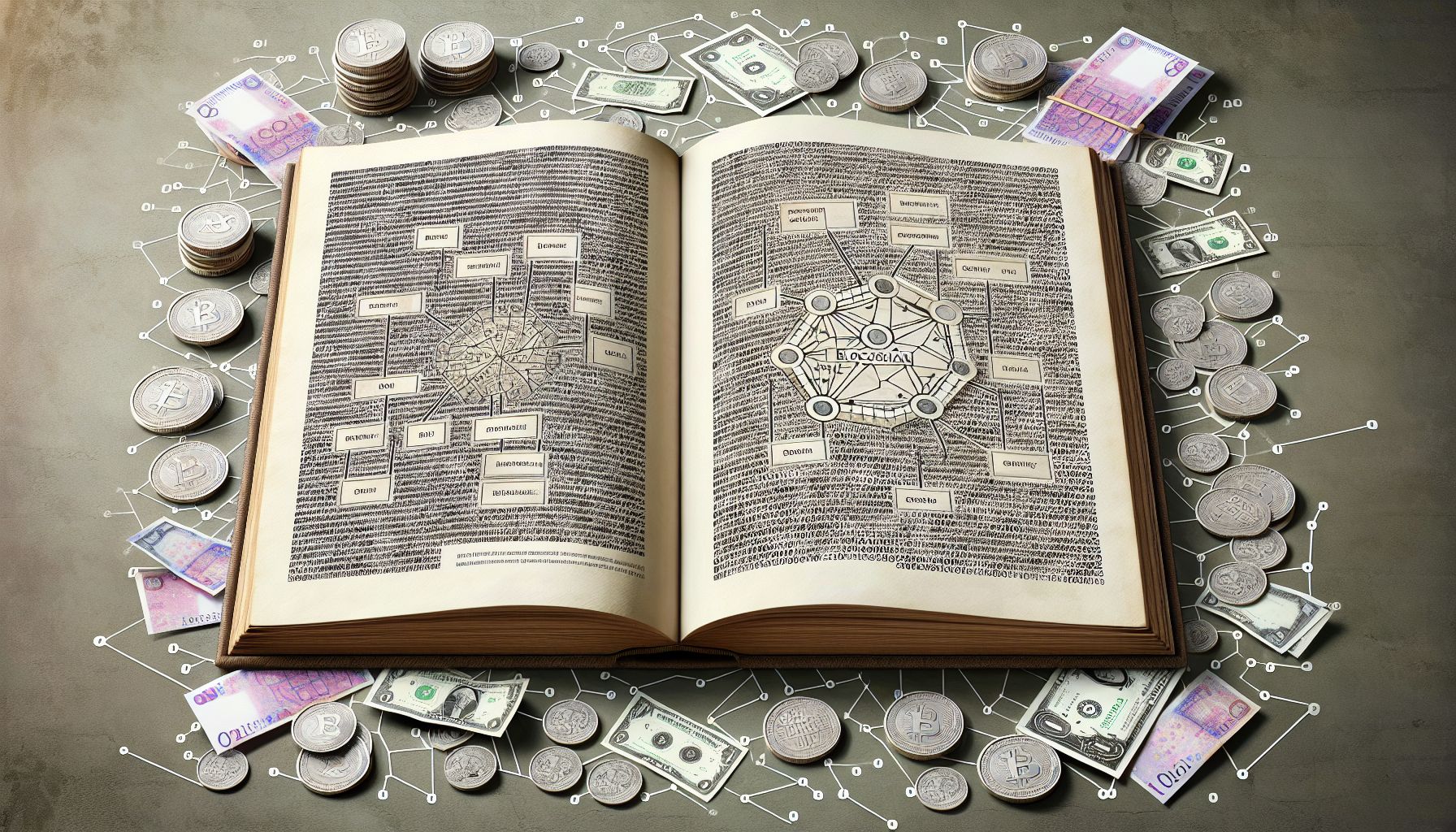📌 Let’s explore the topic in depth and see what insights we can uncover.
⚡ “Imagine a world where every transaction you make is transparent, secure, and fast — welcome to the realm of blockchain technology. Dive in as we unravel the enigma behind the digital currency revolution.”
In the tech world, two words have been buzzing louder than any other in recent years - ‘cryptocurrency’ and ‘blockchain’. As digital currencies like Bitcoin and Ethereum continue to surge in popularity, the underlying technology, blockchain, has equally gained tremendous recognition. However, despite this popularity, the concept still remains a mystery to many. In this post, we will take a deep dive into the world of blockchain. We’ll crack open this digital Pandora’s box and demystify it, helping you understand it in plain, human language. If you’ve ever been perplexed by the concept of blockchain, or you’re curious to learn how it’s revolutionizing the world, then you’re in the right place!
💭 What is Blockchain Technology?

"Unveiling the Enigma: Blockchain's Cryptocurrency Revelation"
In its simplest form, blockchain is a type of database. It’s a way of storing information in a decentralized, transparent, and secure way. Instead of storing data in a single centralized location, blockchain distributes it across a network of computers, known as nodes, making it nearly impossible to tamper with. Now, let’s break down the term itself. The ‘block’ in blockchain refers to digital information, which is stored in a ‘chain’ or public database. Basically, it’s a chain of blocks, hence the name, ‘blockchain’. 📎
Each block contains:
- Transaction data
- A timestamp
- A cryptographic hash (a unique code) of the previous block The chain is formed when these blocks are linked together in a proper linear, chronological order. The unique hash code creates an unbreakable link between the blocks, ensuring that the data is tamper-proof.
🎯 How Does Blockchain Work?
Now that we know what blockchain is, let’s delve into how it functions. For simplicity’s sake, we’ll break it down into three main steps:
Transaction Occurs
When a transaction takes place, it must be approved by the network’s nodes. These nodes check the transaction details to ensure its validity.
Block Creation
Once the transaction is verified, it’s packaged into a block. This block also contains a timestamp and a unique cryptographic hash.
Adding to the Chain
After the block is confirmed, it’s added to the blockchain. Once added, the data within the block becomes public and can be viewed by anyone on the network. The result is a transparent, secure, and immutable record of transactions. It’s like having a public ledger that anyone can see, but nobody can alter. 📝
⚙️ The Power of Decentralization and Transparency
One of the key strengths of blockchain technology is its decentralized nature. In a traditional centralized system, if the central hub is compromised, the entire system can collapse. However, in a decentralized system like blockchain, there’s no central point of failure. The information is not stored in a single location, but across a network of computers, making it resilient to attacks. Transparency is another major advantage of blockchain. Since the data is embedded within the network as a whole, it’s public and easily verifiable. This transparency builds trust and integrity in the system.
🚀 Blockchain Beyond Cryptocurrency
While blockchain is the backbone of cryptocurrency, its potential goes far beyond digital currency. The technology is finding applications in diverse fields, from supply chain management to healthcare. * Supply Chain Management: Blockchain can enhance transparency and traceability in supply chains. By tracking goods as they move and change hands, blockchain can help verify the authenticity of products and prevent fraud. * Healthcare: In healthcare, blockchain can ensure the security and privacy of medical records. By allowing data to be shared securely between healthcare providers, blockchain can improve patient care and save lives. * Voting: Blockchain can be used to create a transparent and secure system for voting, reducing the likelihood of vote tampering and fraud. The possibilities are endless, and we’re only just scratching the surface of what blockchain can do. 🚀
🧭 Conclusion
Blockchain technology, while complex, is not as mystifying as it may seem. At its core, it’s a transparent, secure, and decentralized way of storing and sharing information. Though it’s the driving force behind cryptocurrencies, its potential applications go far beyond the realm of digital currency. So, next time you hear about blockchain, don’t let it baffle you. Remember, it’s just a chain of blocks, each block being a piece of digital information stored in a public database. It’s the technology that’s revolutionizing the world, one block at a time. Whether you’re a tech enthusiast, an entrepreneur, or just a curious soul, understanding blockchain technology is an asset. As we continue to advance digitally, it’s technologies like these that will shape the future of our world. So keep exploring, keep questioning, and keep learning. After all, as the saying goes, knowledge is power. 💡
⚙️ Join us again as we explore the ever-evolving tech landscape.
